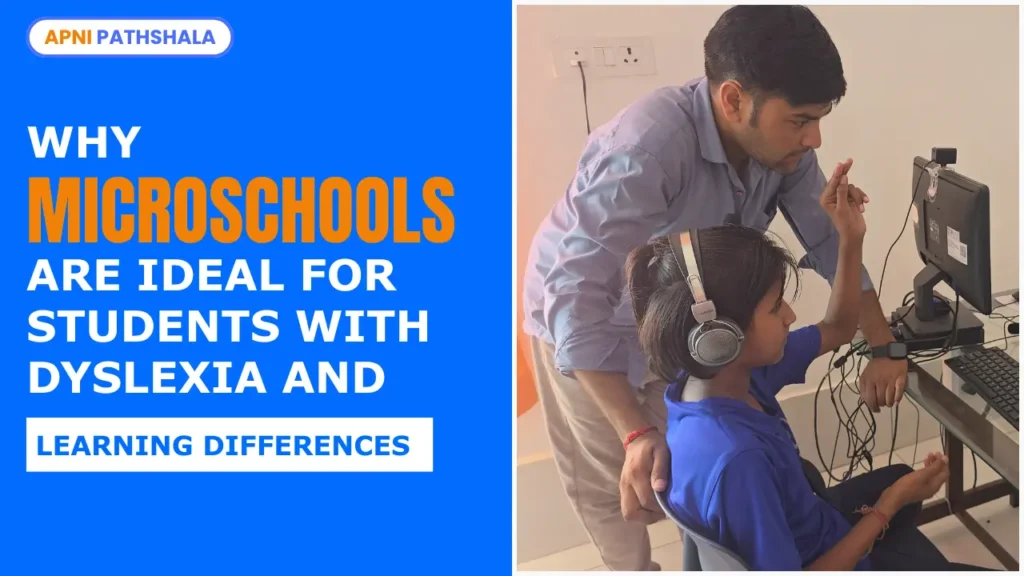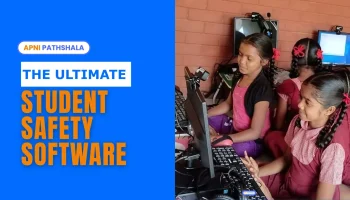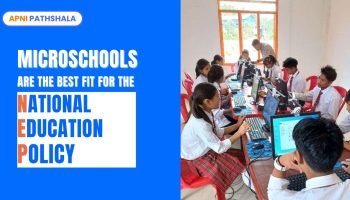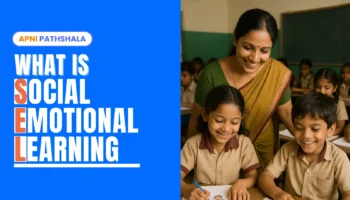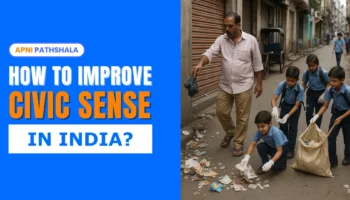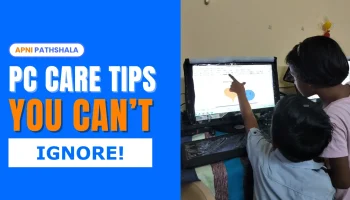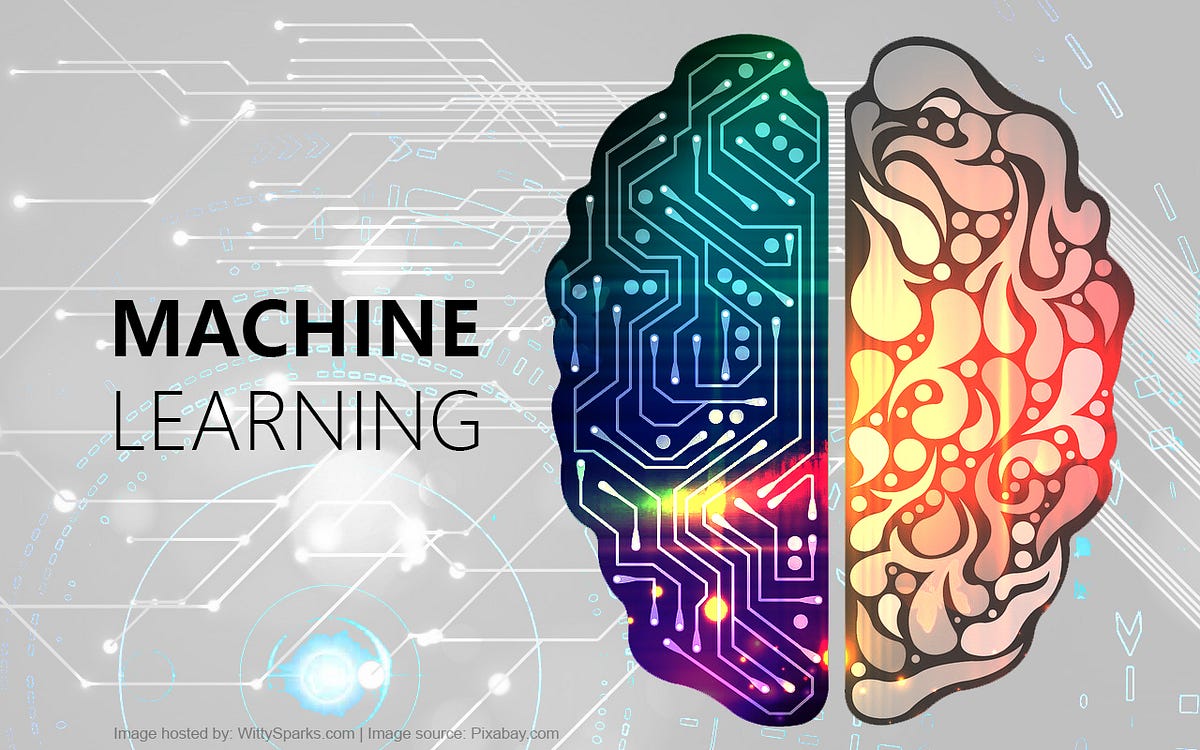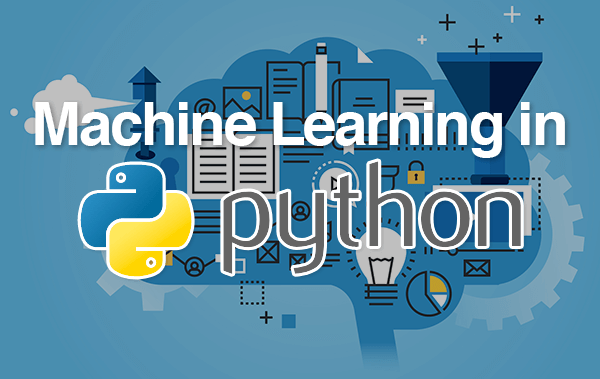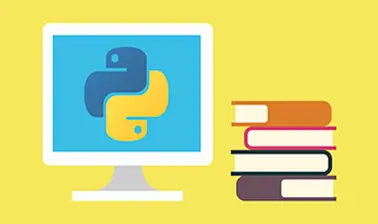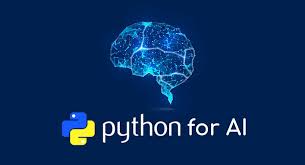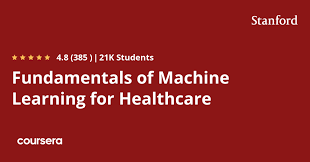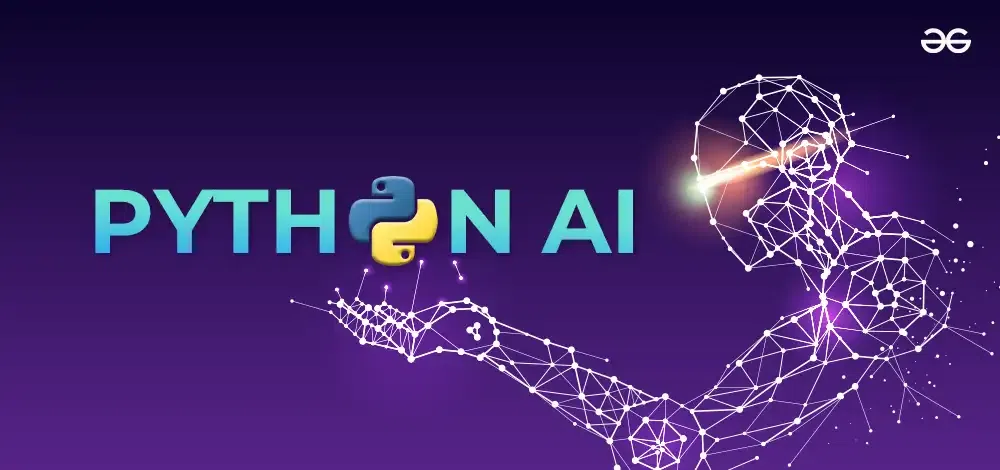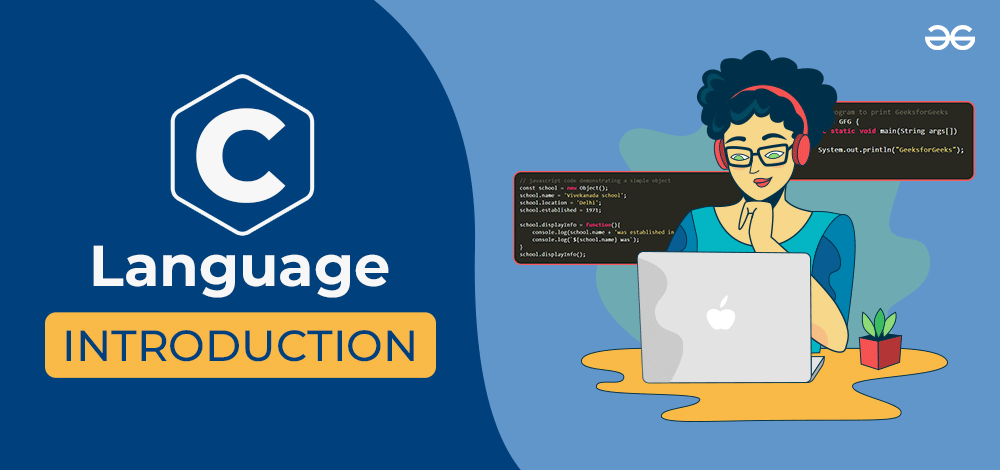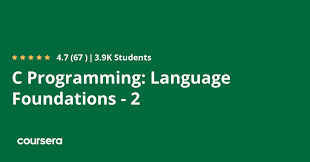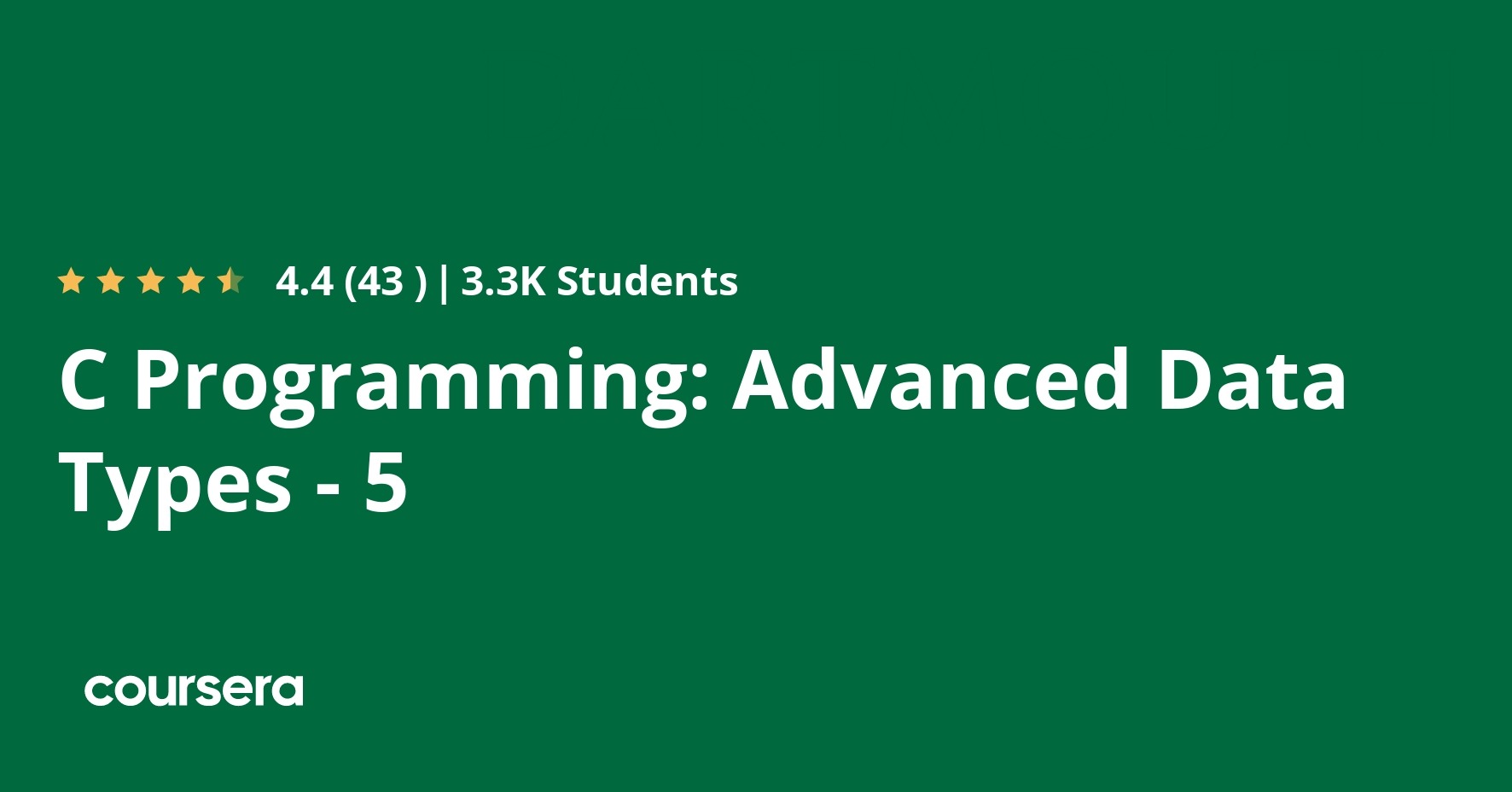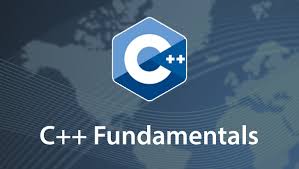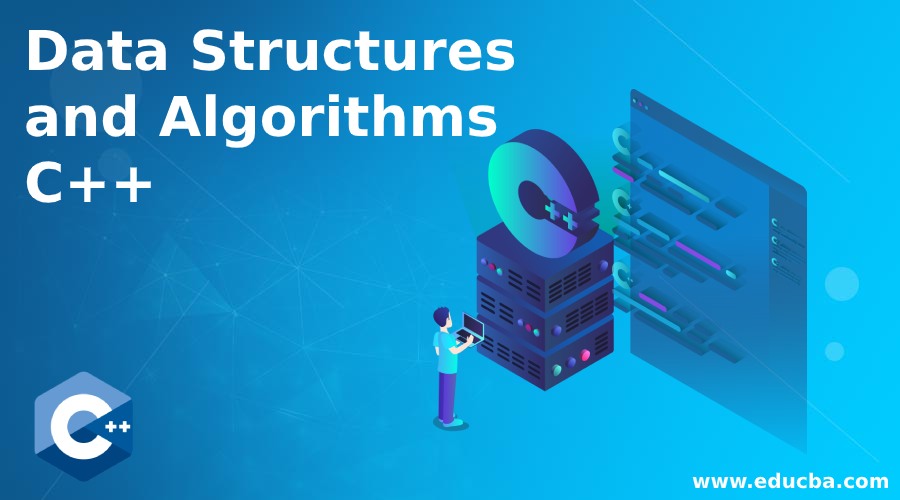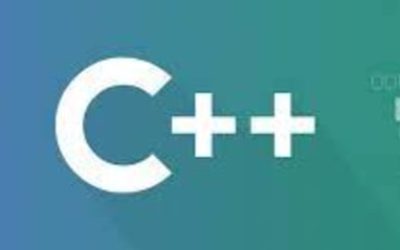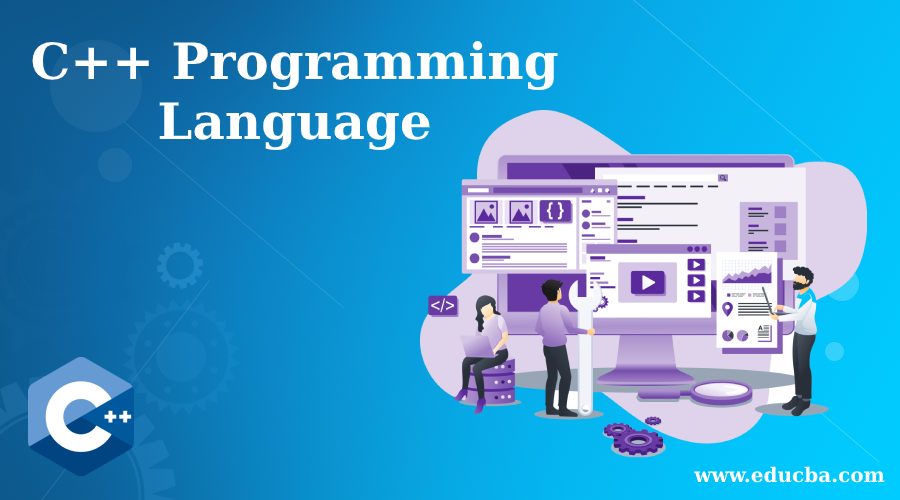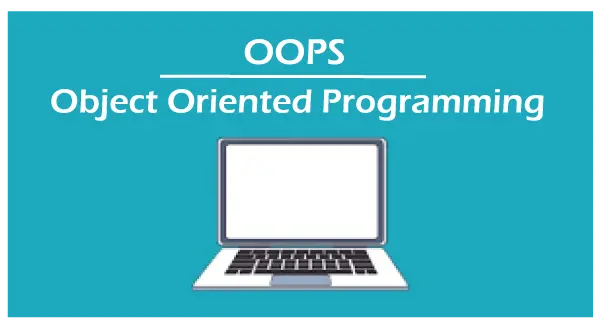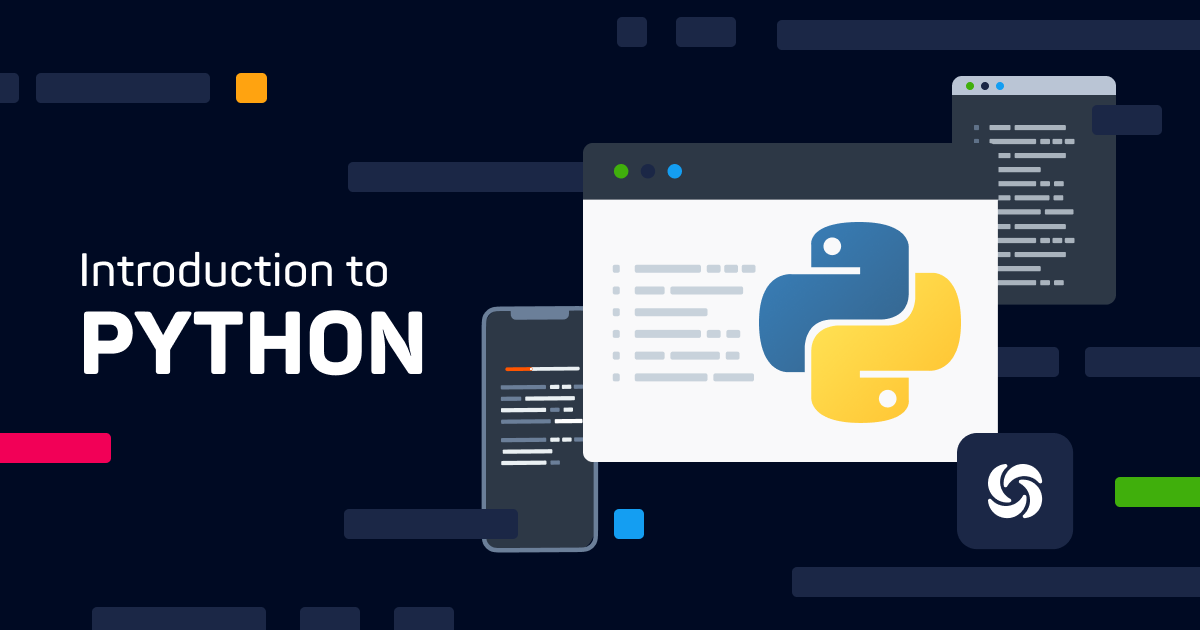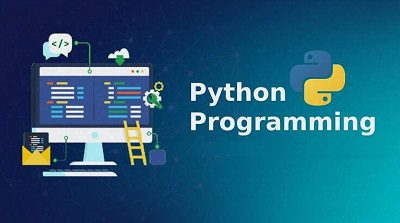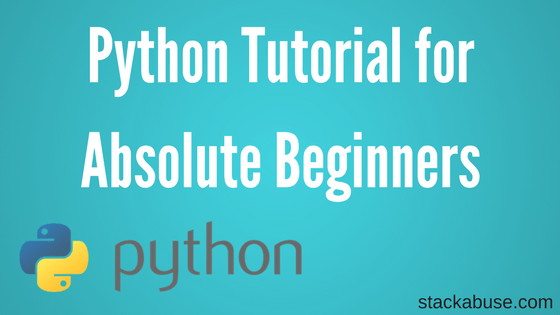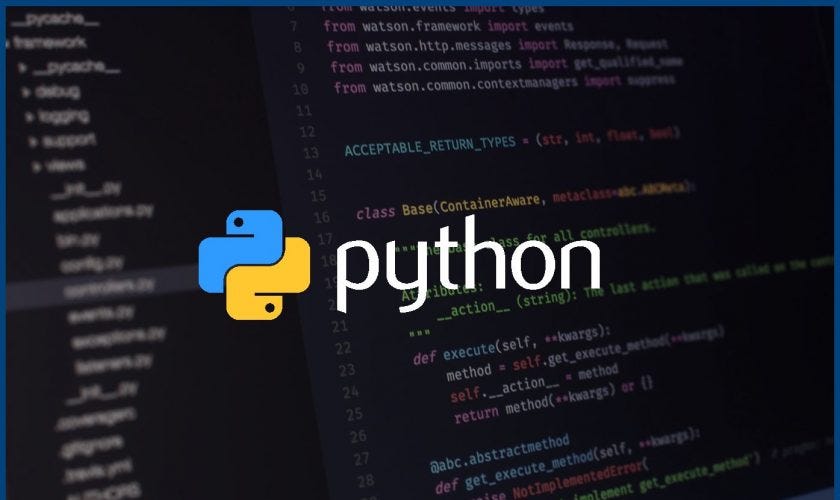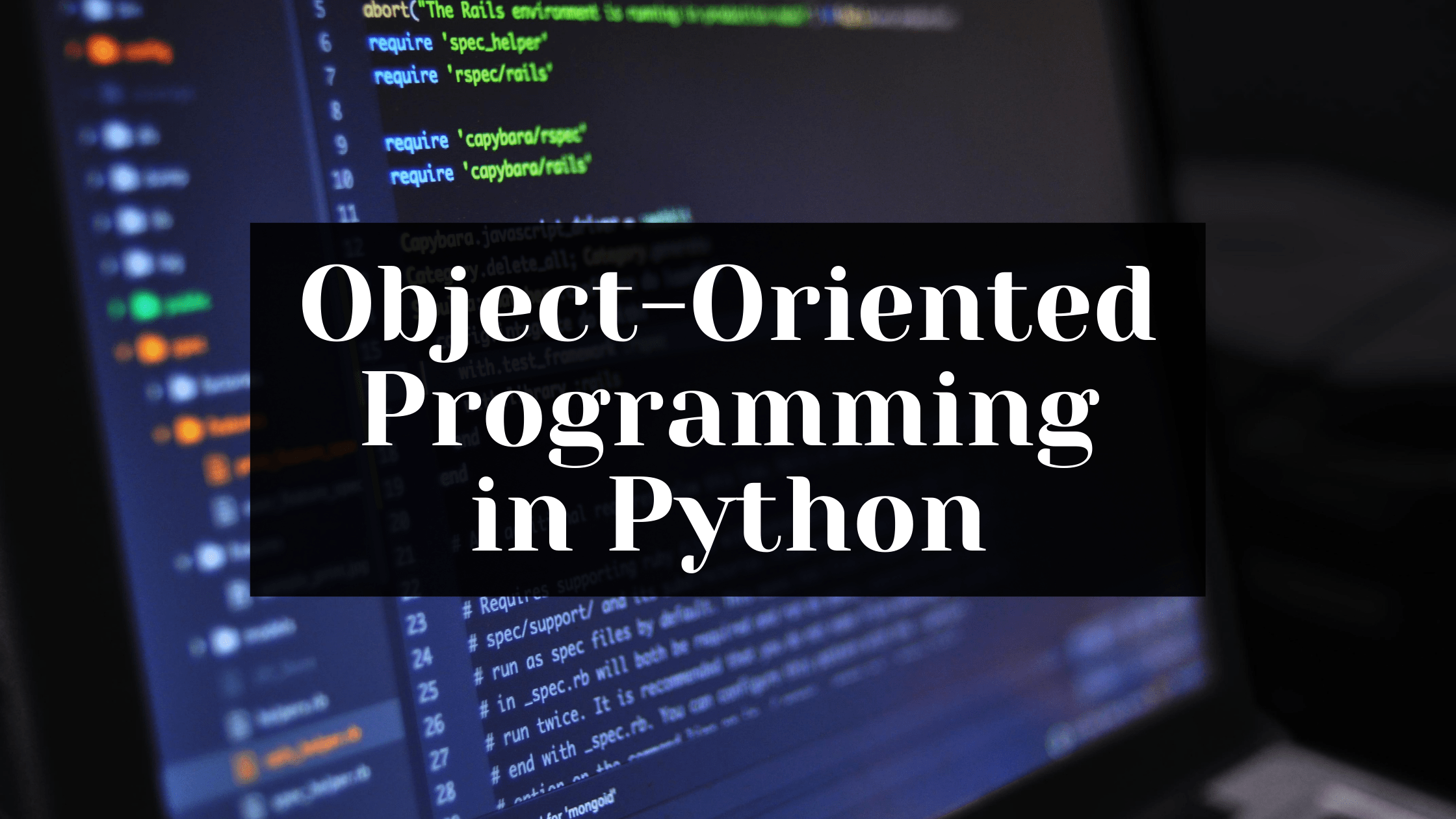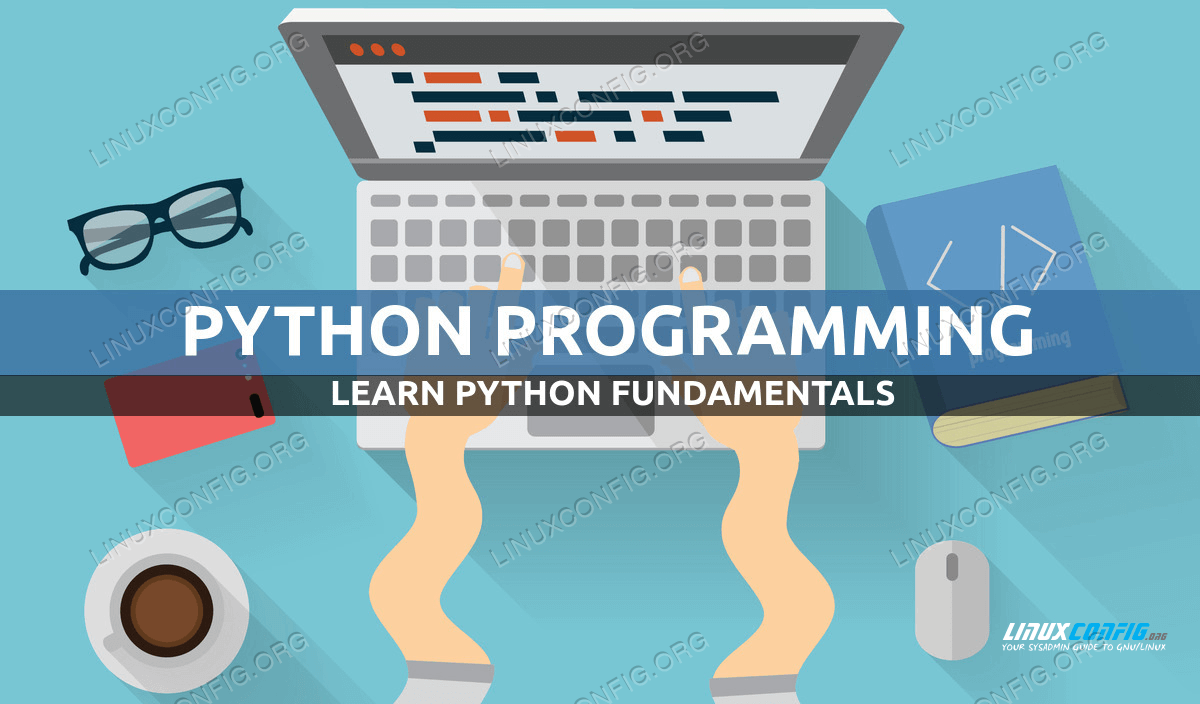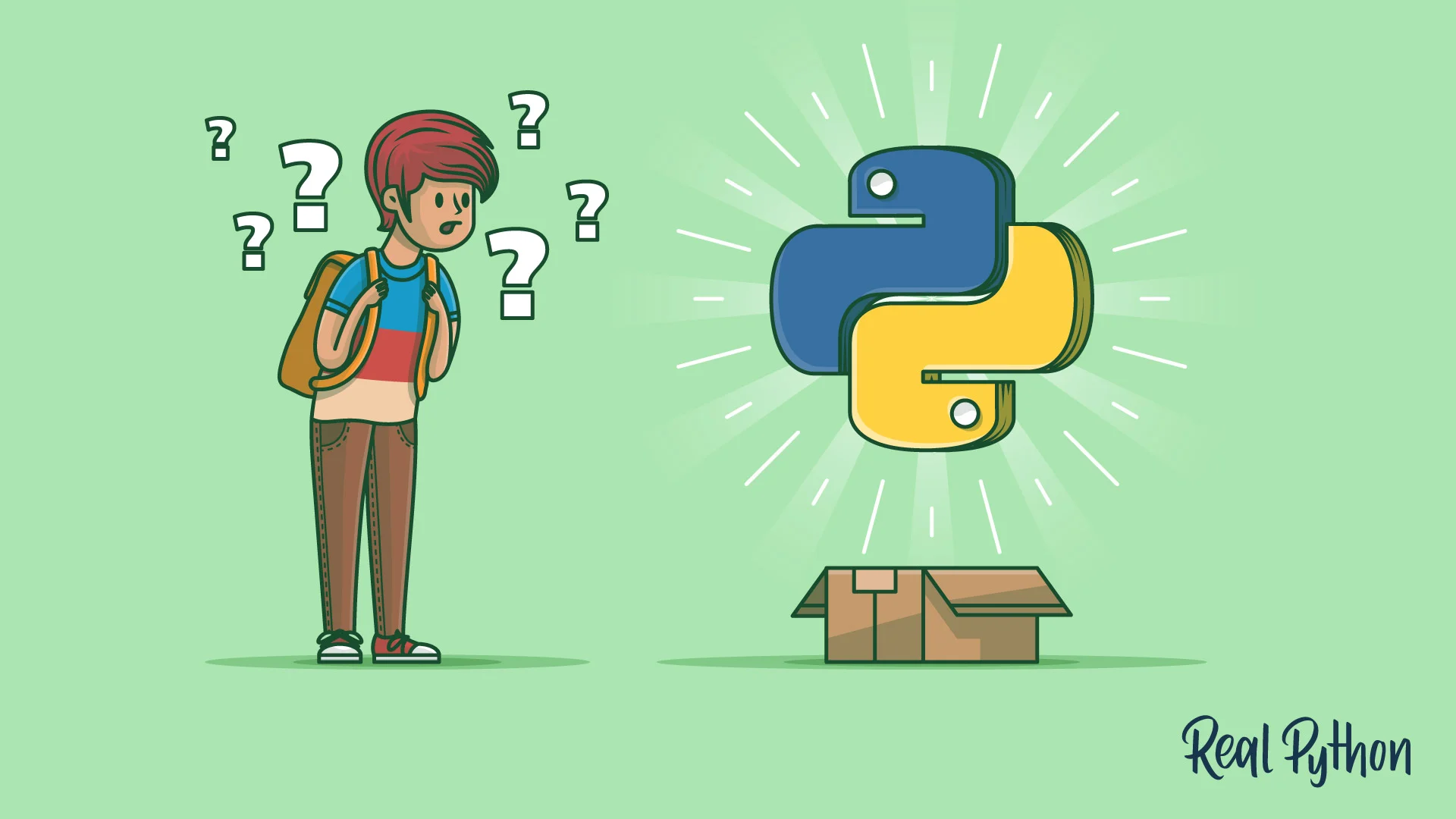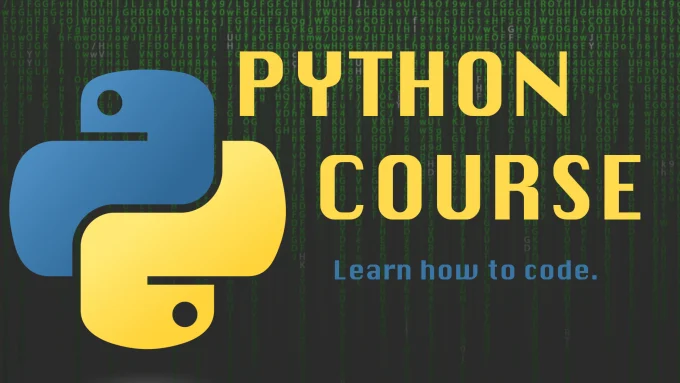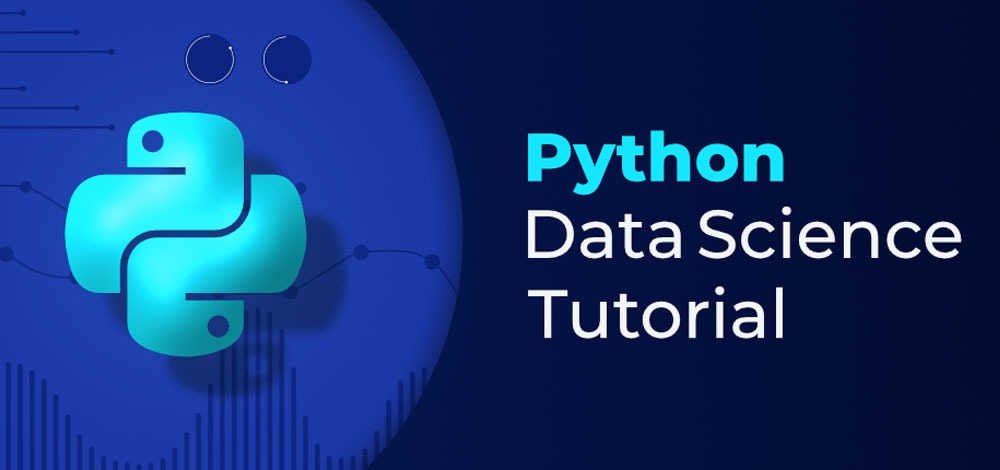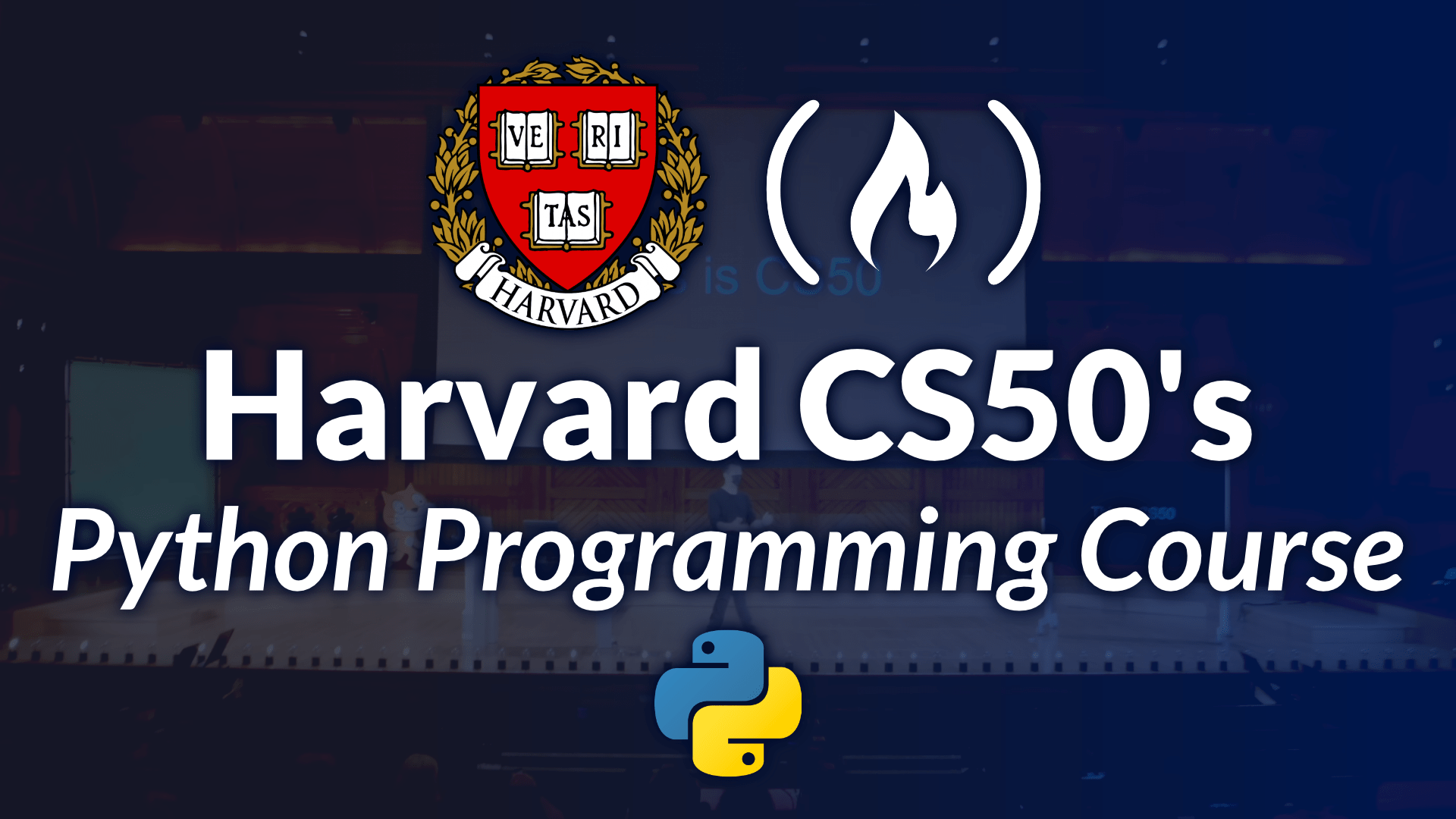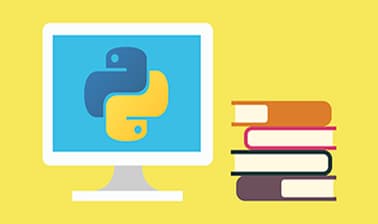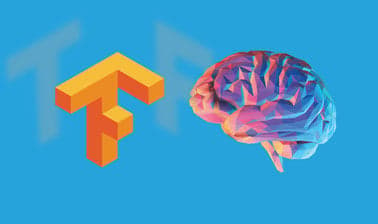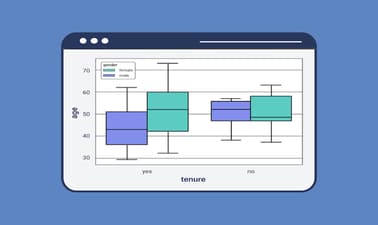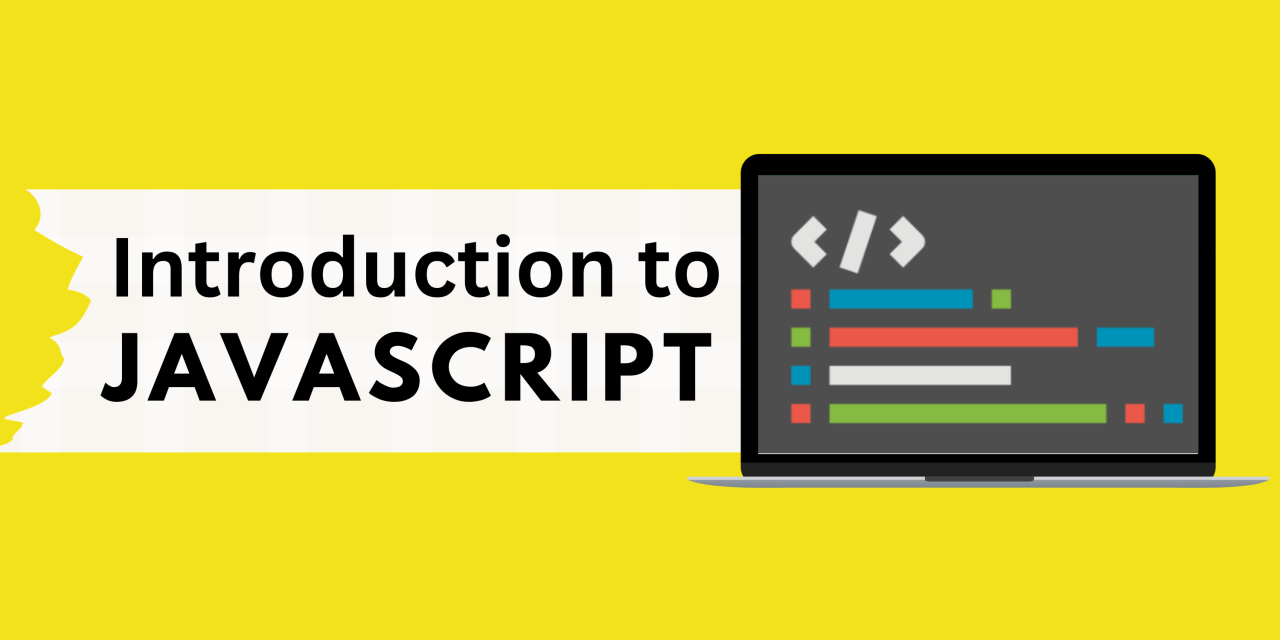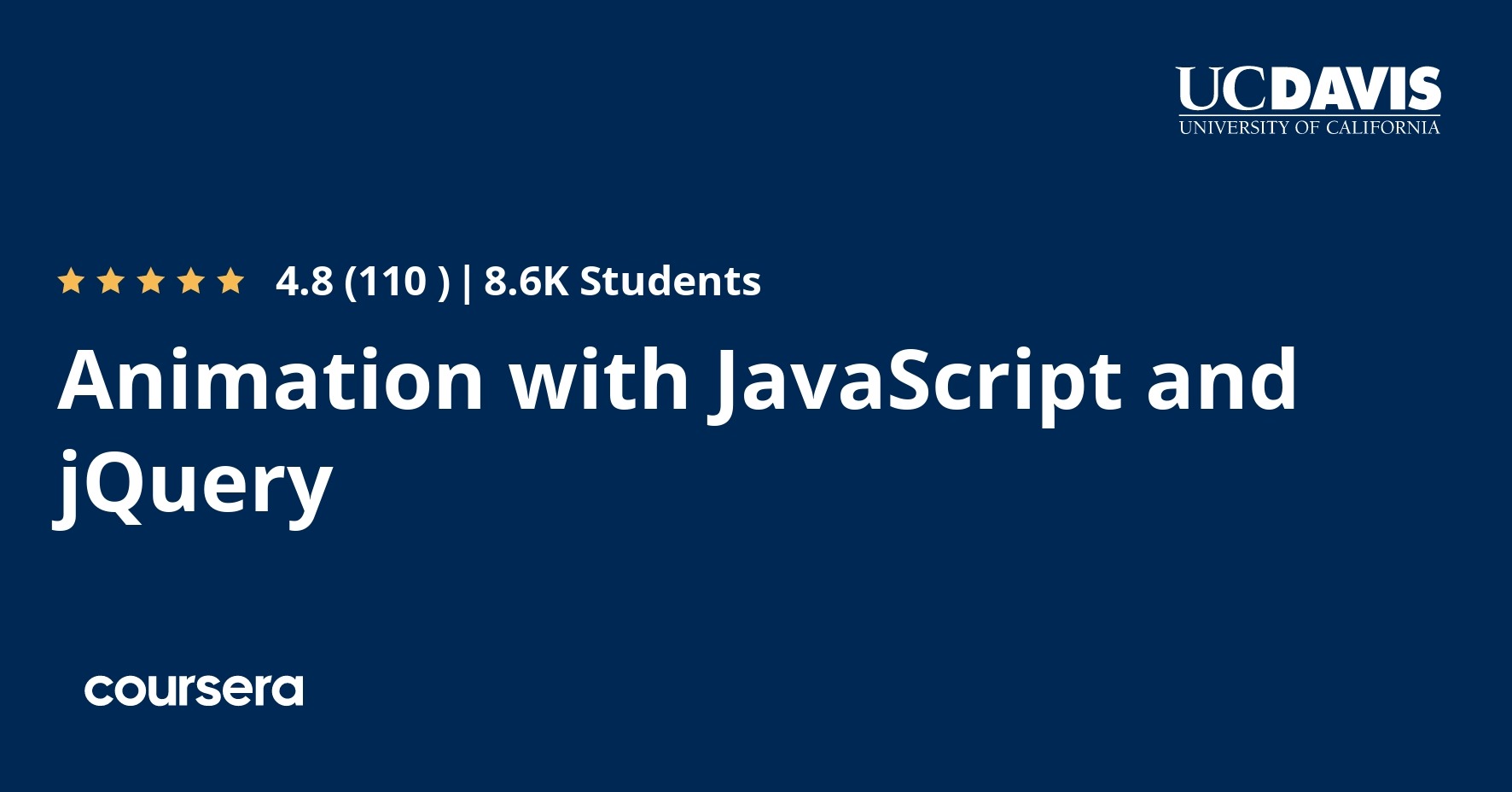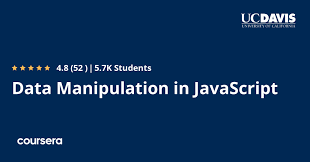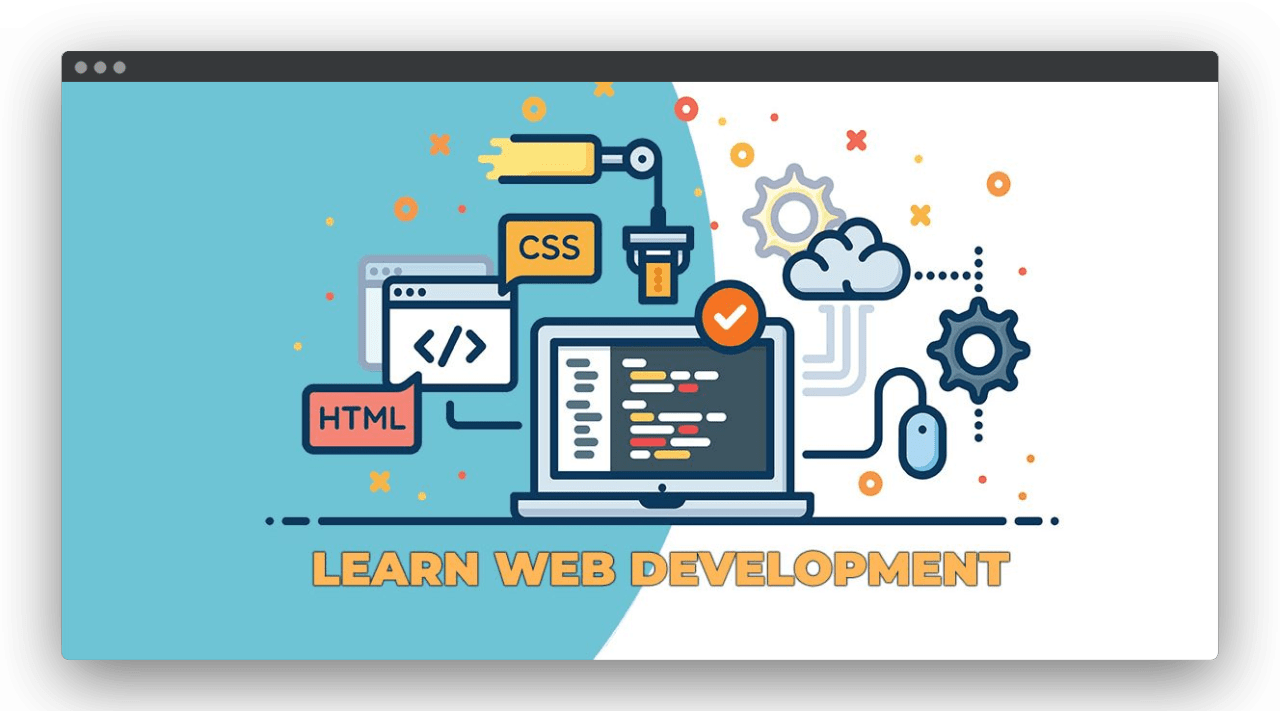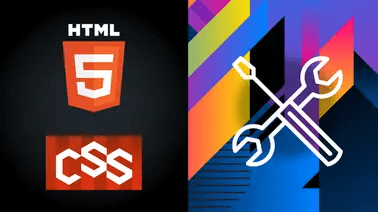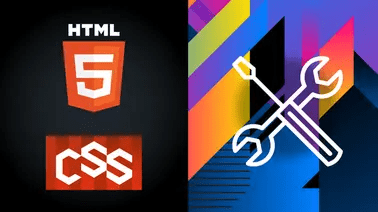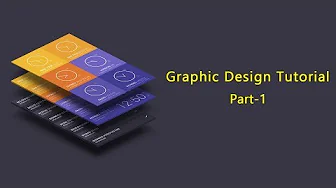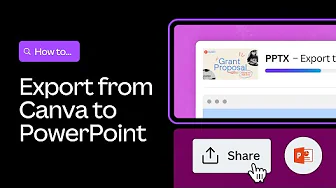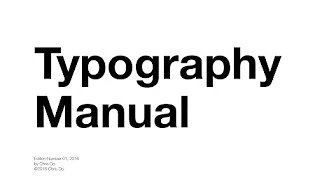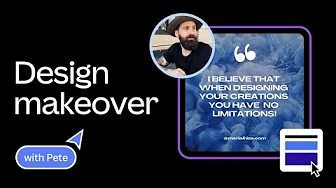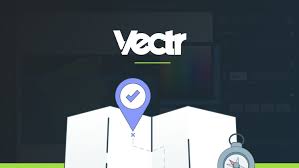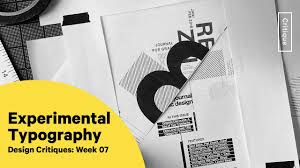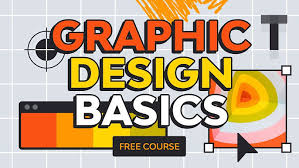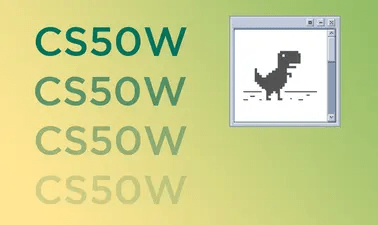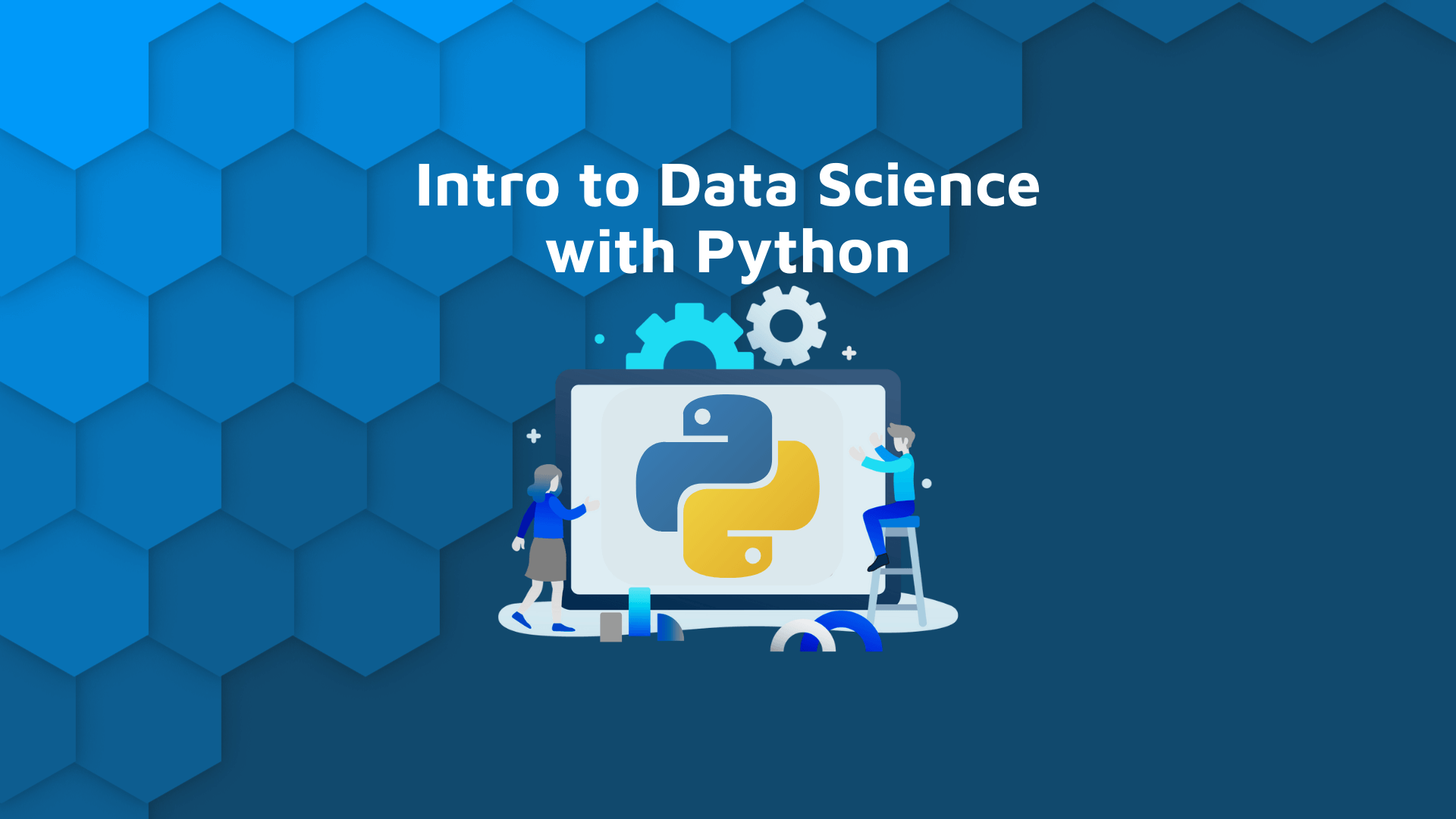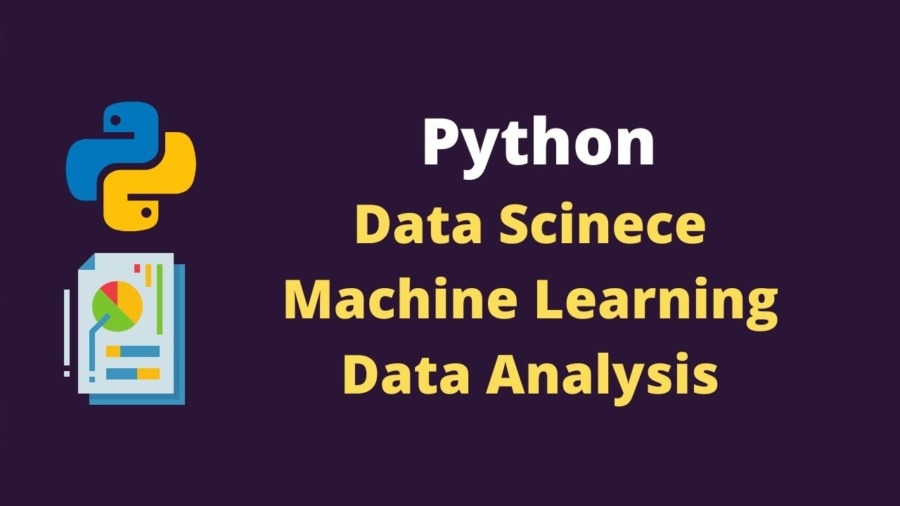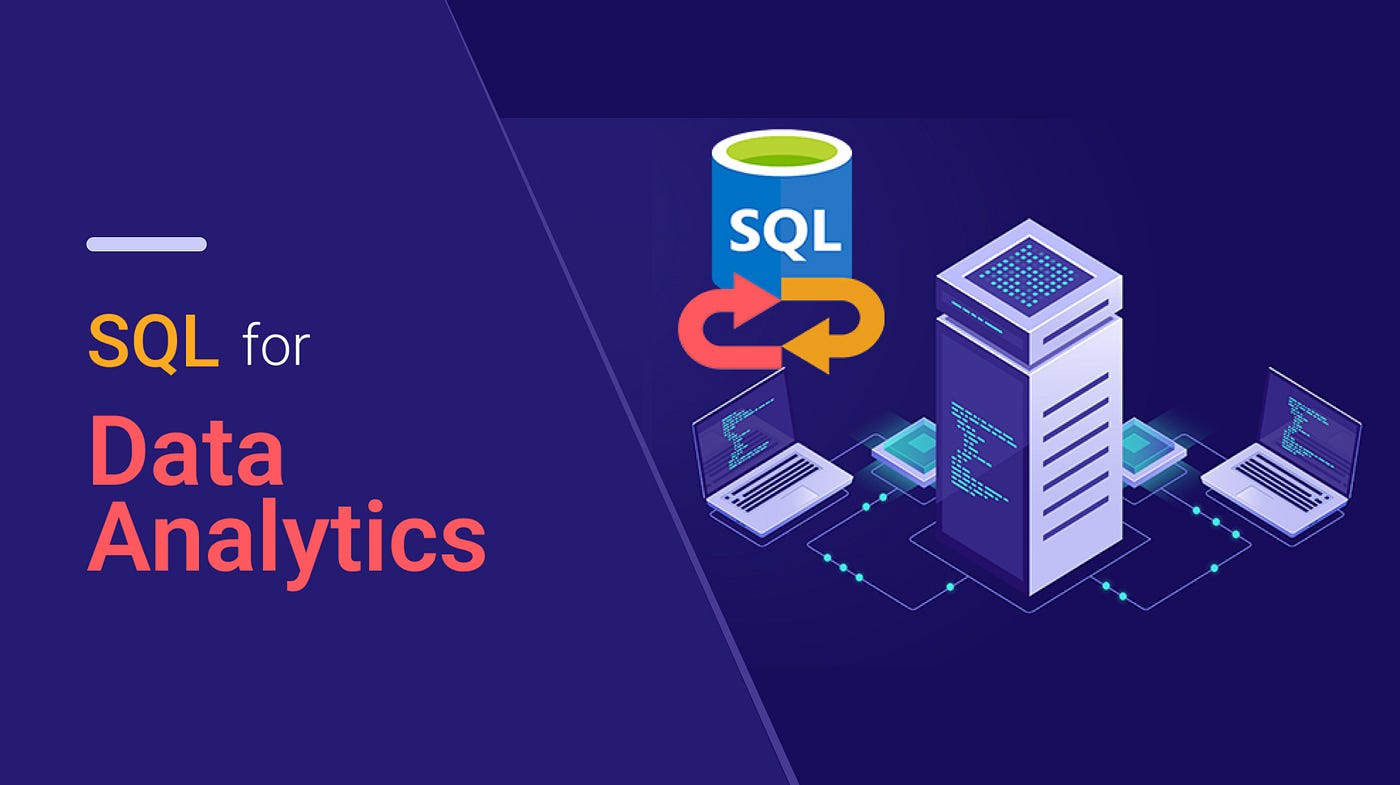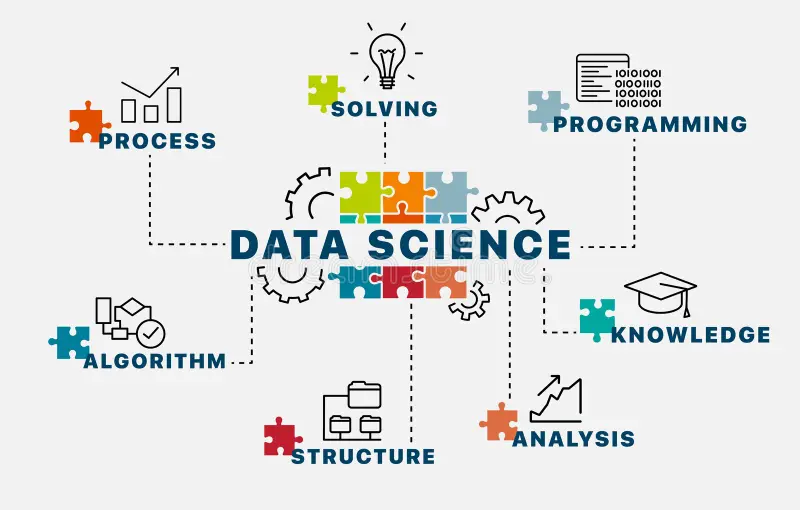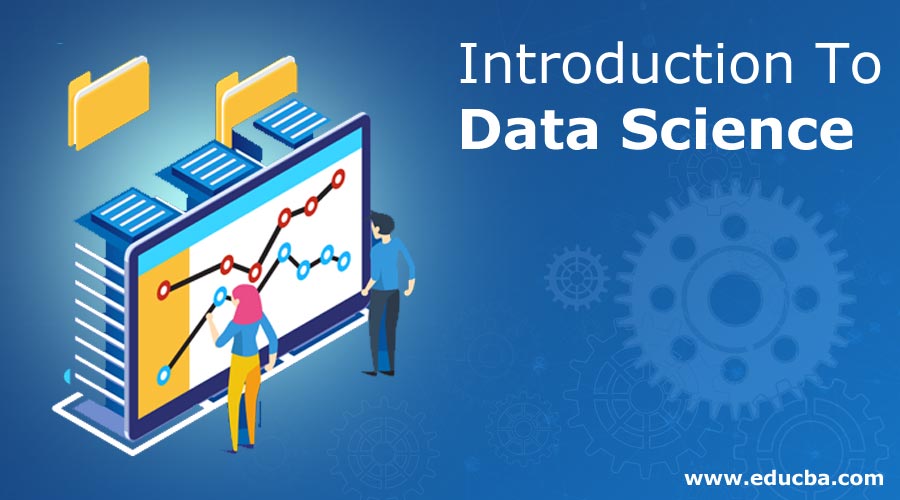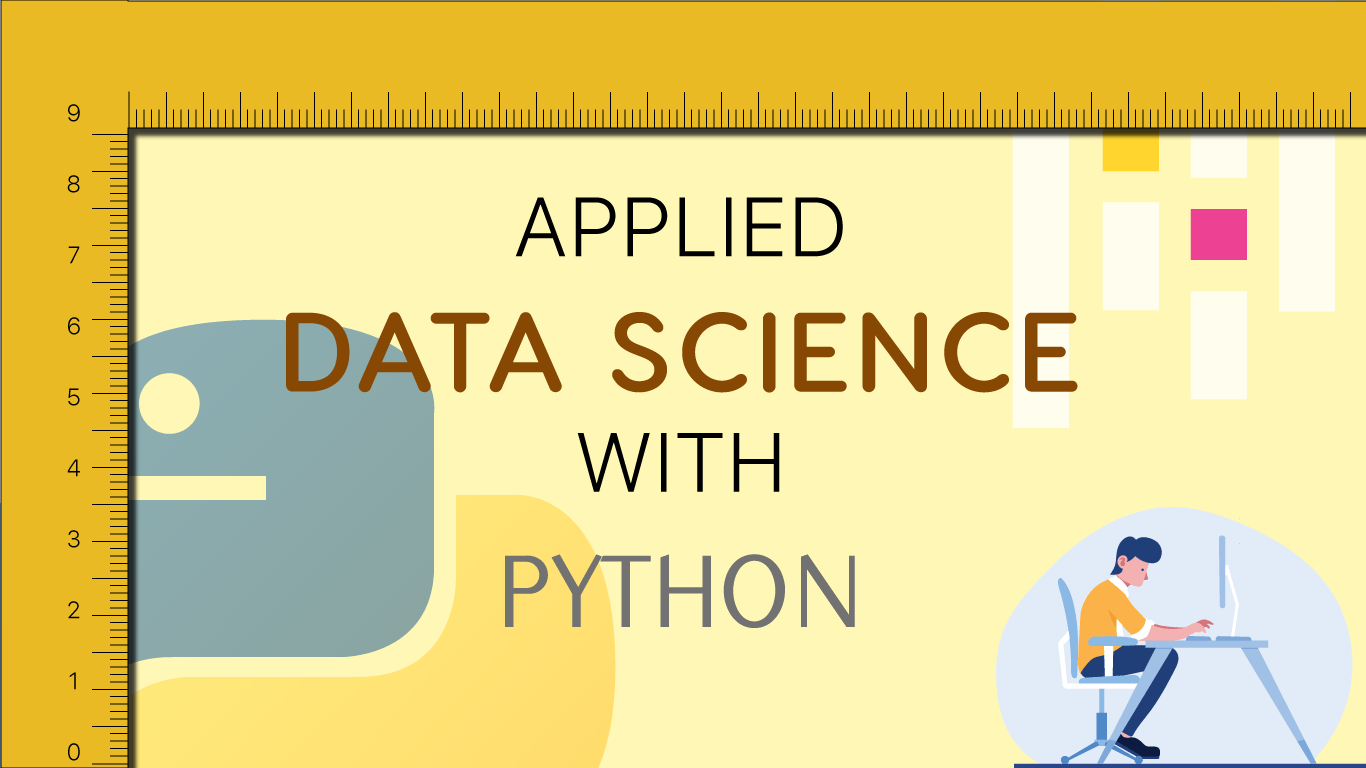Introduction
According to the Dyslexia Association of India, nearly 10–15% of school-going children in India suffer from some form of dyslexia, but many of them remain undiagnosed.
That means millions of children are struggling silently.
In a world moving too fast, with exam pressures, competition, and unrealistic academic expectations, these children are often misunderstood. Many can’t clearly explain their challenges to their parents or teachers. They’re labeled as lazy or slow when, in fact, they are just learning differently.
This pressure-filled system not only frustrates them but can also lead to anxiety, loss of self-esteem, and in severe cases, depression. Traditional schooling often lacks the flexibility, compassion, and tools to support such learners.
So what’s the alternative?
That’s where community microschools come in. Let’s understand how this growing model of education could change the game for dyslexic students and those with learning challenges.
What is Dyslexia and How Does It Affect Students?
Dyslexia is a neurological condition that affects how the brain processes written and spoken language. Simply put, it’s a learning difference, not a sign of low intelligence. Children with dyslexia may struggle with reading, writing, spelling, and following instructions, even though they may be smart and creative in other areas.
Common signs include:
- Trouble learning to read, especially reading aloud
- Difficulty spelling, even simple or familiar words
- Taking a long time to complete reading or writing tasks
- Trouble remembering instructions or following directions
- Struggles with writing neatly or organizing ideas on paper
- Avoiding reading or writing whenever possible
In a traditional classroom, where students are expected to learn at the same pace and in the same way, these difficulties often go unnoticed or misunderstood. Sadly, many children are labeled as lazy or careless when they are simply learning differently.
Over time, this can lead to:
- Constant frustration and self-doubt
- Avoidance of schoolwork or learning activities
- Isolation from friends or family due to embarrassment
- A drop in academic performance or even behavior issues
These challenges don’t just disappear with age. If left unaddressed, they can continue into adulthood, contributing to anxiety, depression, low confidence, and even difficulty in jobs and relationships.
The harsh truth is: most traditional schools aren’t equipped to handle such unique learning needs. That’s why we need more inclusive, flexible, and compassionate alternatives like community microschools.
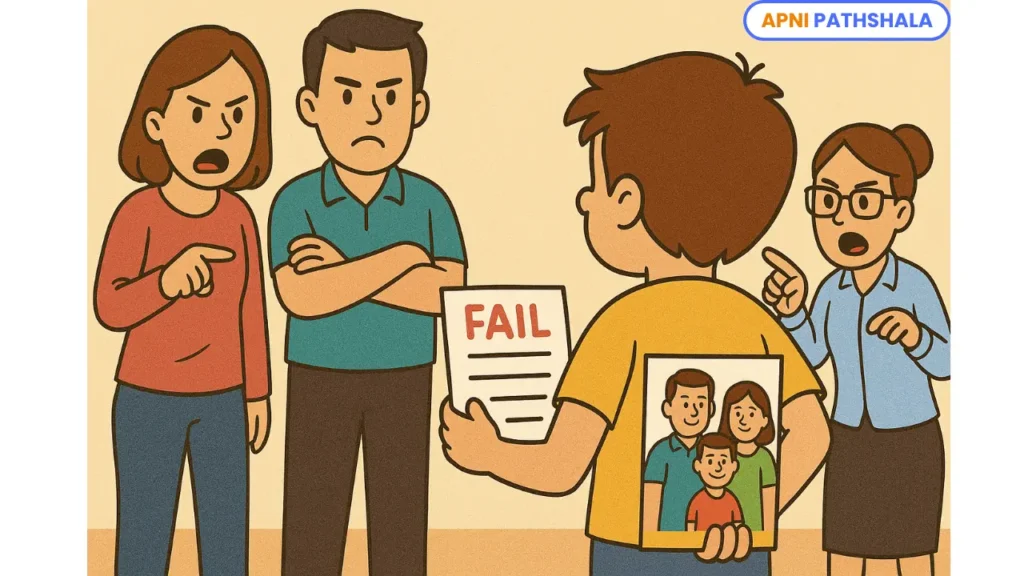
Why Community Microschools Are the Answer
Community microschools are small, flexible learning spaces designed to meet the individual needs of every child. Unlike traditional schools that follow one-size-fits-all models, microschools focus on personalized attention, emotional safety, and practical learning. For students with dyslexia or other learning differences, this approach can make a huge difference.
Here’s why microschools work so well for students with learning challenges:
1. Personalized Learning at Their Own Speed
In microschools, every child learns at their own pace. A student with dyslexia can take more time to practice reading or revisit a lesson without being rushed or judged.
2. Smaller Class Size = More Attention
With fewer students, mentors can give more one-on-one support. They can notice small struggles early and give immediate help in a calm, friendly way.
3. Multi-Sensory and Creative Teaching
Microschools often use creative tools like pictures, games, audio, videos, hands-on projects, and storytelling. This helps dyslexic students understand and remember better because they don’t rely only on reading and writing.
4. Less Pressure from Tests
Many microschools reduce the pressure of exams. They focus on understanding, not marks. This makes learning less stressful and more joyful.
5. Emotionally Supportive Environment
Children feel emotionally safe in microschools. They are not laughed at for slow reading or spelling errors. Mistakes are seen as a part of learning, not failure.
6. Peer Learning and Encouragement
In some microschools like LFP Tardeo POD by Apni Pathshala, students help each other. This builds confidence and reduces fear. Kids learn better when they’re taught by someone who understands them.
7. Stronger Parent-Teacher Connection
Microschools often involve parents more closely. They talk to parents about progress, struggles, and ways to support children at home. This builds trust and teamwork.
8. Focus on Real-Life Skills, Not Just Academics
Children with dyslexia often have strengths in creativity, problem-solving, or communication. Microschools help build these skills, like video editing, design, or public speaking, so students feel successful and seen.
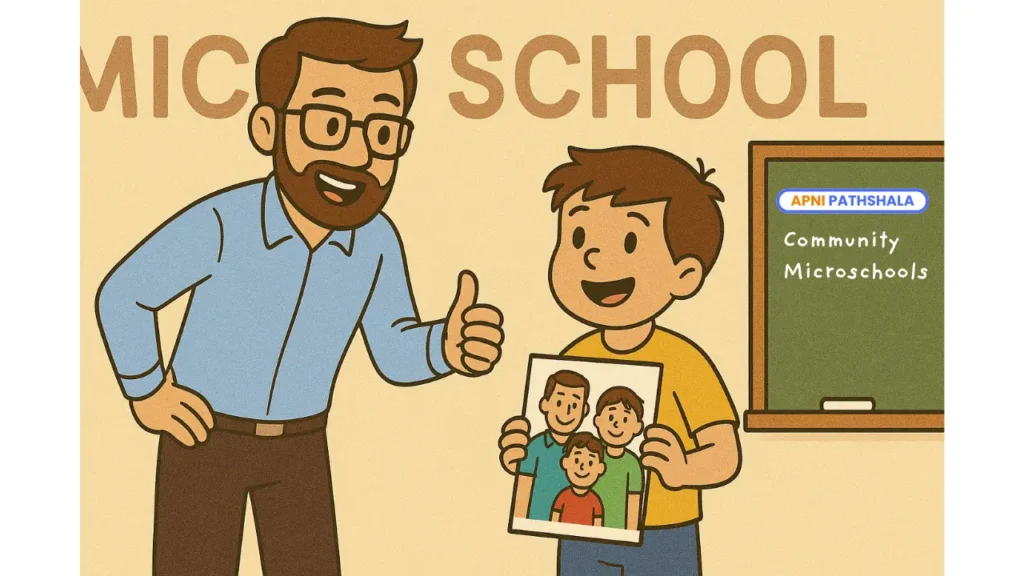
What Should Parents and Educators Do?
For Parents:
- Observe without labeling: Look for signs of struggle and avoid terms like lazy or careless.
- Get a proper assessment from a psychologist or certified center.
- Explore microschooling or blended models that offer flexibility. Visit our page to learn more about PODs.
- Talk openly and encourage strengths: Many dyslexic children are highly creative, empathetic, and observant.
For Educators:
- Avoid one-size-fits-all methods
- Use visual aids, practical examples, and repetition
- Provide positive feedback and small goals to build confidence
- Foster open communication with parents and learners
Conclusion
Millions of Indian children with learning difficulties are waiting to be understood. Traditional schools often miss their needs. Microschools, with their small, flexible, and caring environments, offer them a second chance to succeed.
Let’s stop labeling children by what they cannot do and start supporting them for what they can become.
If you’re a parent or teacher wondering how to better support a child with dyslexia, explore the peer-learning model at Apni Pathshala’s LFP PODs and real student stories to see the change yourself.
Due to learning difficulties, many students drop out of school. Learn how microschools are becoming a second chance for dropouts.
Comment below about the difficulties you face while learning. There is a chance that the next blog will focus on challenges that many, including you, face.
Explore More:

